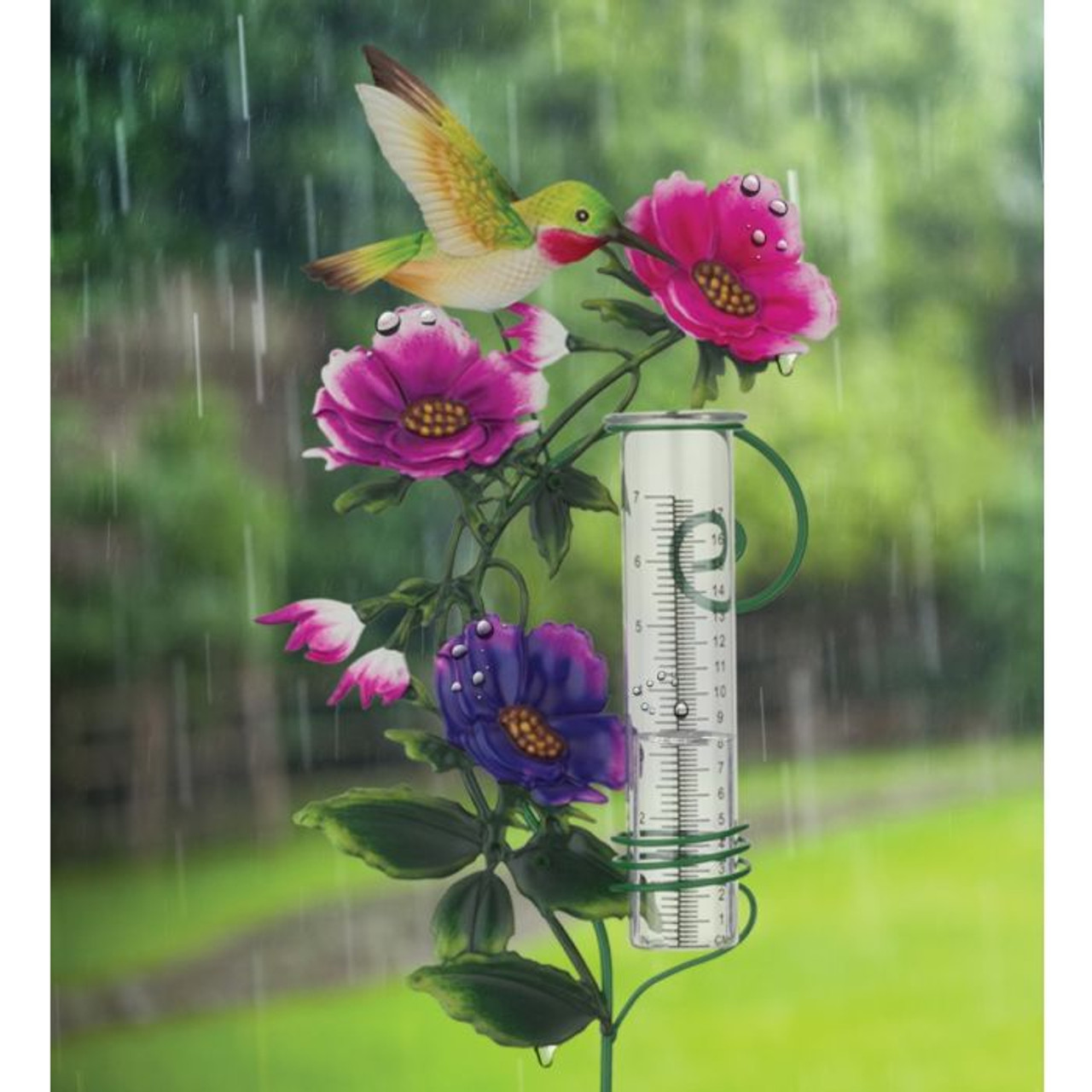Mastering the Science Behind The Rain Gauge: Insights and Innovations Introduced
Wiki Article
DIY Rainfall Gauge: Basic Steps to Make Your Own
Producing your very own DIY rain gauge is a effective and easy means to tape and determine rainfall. With simply a couple of usual products and some standard steps, you can conveniently create your own rainfall gauge at home. Allow's obtain started on making your DIY rainfall gauge today!Gather Products
To start building your DIY rainfall scale, gather all the needed products using a thorough listing of products. Having the best materials on hand will certainly guarantee the successful production of your rainfall scale and allow for accurate measurements of rains. You will certainly need a clear plastic container or cyndrical tube, such as a plastic bottle or jar. Make certain the container is clear to make sure that you can conveniently see the water level inside. Next, you will require a leader or determining tape to mark the increments on the container. This will enable you to gauge the amount of rains precisely. Additionally, you will certainly require a permanent pen or waterproof tape to note the dimensions on the container. This will certainly ensure that the markings remain noticeable also when subjected to rain. You will certainly require a tough base or stake to firmly hold your rain scale in place. This can be a wood or metal risk that can be inserted right into the ground or a durable flat surface area to provide stability. Collecting these products in advance will certainly improve the building and construction procedure and guarantee that you have everything you need to develop your very own do it yourself rain gauge.Prepare the Container

Mark the Measurement Increments
To properly gauge the amount of rainfall, precisely noting the dimension increments on your DIY rainfall gauge is important. Without clear and accurate markings, it would certainly be challenging to identify the specific amount of rains accumulated in your rain gauge. Below are the steps to mark the measurement increments on your rainfall gauge.The most typical units for measuring rains are millimeters and inches. As soon as you have actually chosen the unit, utilize a long-term pen or water-proof paint to note the increments on the side of your rainfall scale.
When noting the increments, it is very important to ensure that they are evenly spaced and plainly noticeable. Utilize a ruler or determining tape to guarantee precision and uniformity. In addition, ensure that the markings are immune to fading or abrading, as direct exposure to the elements may trigger them to wear away gradually.
Location the Rain Scale Outdoors
The rainfall gauge ought to be placed outdoors to accurately gather rains information. The location selected for the rainfall scale should be open and cost-free from any type of blockages that could potentially impact the dimension of rains. It is essential to locate a spot that is not obstructed by trees, structures, or various other structures that might obstruct the rain from getting to the gauge. This will guarantee that the collected data is representative of the real rains in the area.Furthermore, it is vital to place the rainfall scale on a steady surface area, such as a level ground or a tough blog post. This will certainly protect against any kind of motion or tilting of the scale, which might cause incorrect dimensions. It is additionally suggested to avoid placing the scale near any sources of fabricated water, such as sprinklers or drainage systems, as this could disrupt the accuracy of the measurements.
Screen and Document Rain Data
Routine tracking and recording of rains information is important for precise information evaluation and analysis. By keeping track of rainfall dimensions, you can get valuable understandings right into climate patterns, climate trends, and water source administration. To effectively check and tape rains information, it is necessary to develop a routine and maintain consistent methods.To start with, ensure that your rain gauge is positioned you could look here in an open location away from challenges such as trees or structures that may obstruct rains. Additionally, ensure the rain gauge is degree and firmly anchored to stop any movement that can influence the precision of the dimensions.

When recording the rains information, it is essential to keep in mind the day and time Learn More of each measurement. Make use of a leader or a determining adhere to establish the rainfall depth in the rain gauge, and document this information precisely.
To make sure the accuracy of the dimensions, it is recommended to clear the rain scale after each recording. This will prevent any type of overflow or evaporation from impacting subsequent measurements.
Conclusion
Finally, developing a DIY rainfall scale is a easy and functional means to keep an eye on and videotape rains data (The Rain Gauge). By adhering to the steps laid out in this short article, you can quickly collect materials, prepare the container, note the measurement increments, and position the rainfall gauge outdoors. Regularly keeping track of and videotaping rains data can provide useful info for various objectivesHaving the best materials on hand will certainly make certain the effective creation of your rainfall gauge and allow for exact dimensions of rains.To properly determine the amount of rainfall, precisely noting the measurement increments on your Do it yourself rain gauge is vital.The rain scale ought to be put outdoors to accurately collect rainfall information. The location chosen for click over here the rain scale must be free and open from any blockages that could possibly impact the measurement of rains.In verdict, creating a DIY rainfall gauge is a easy and practical way to keep an eye on and videotape rains information.
Report this wiki page